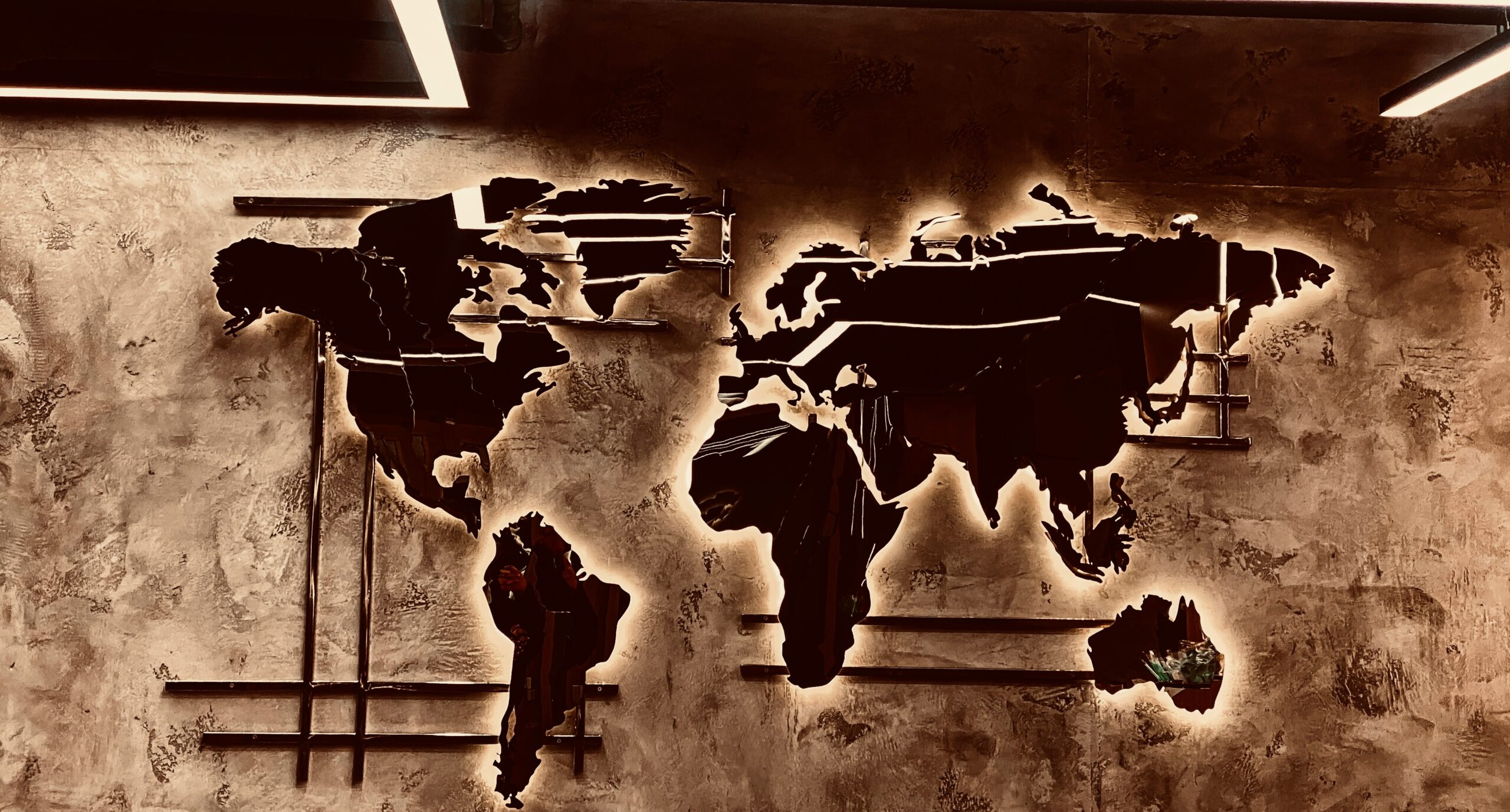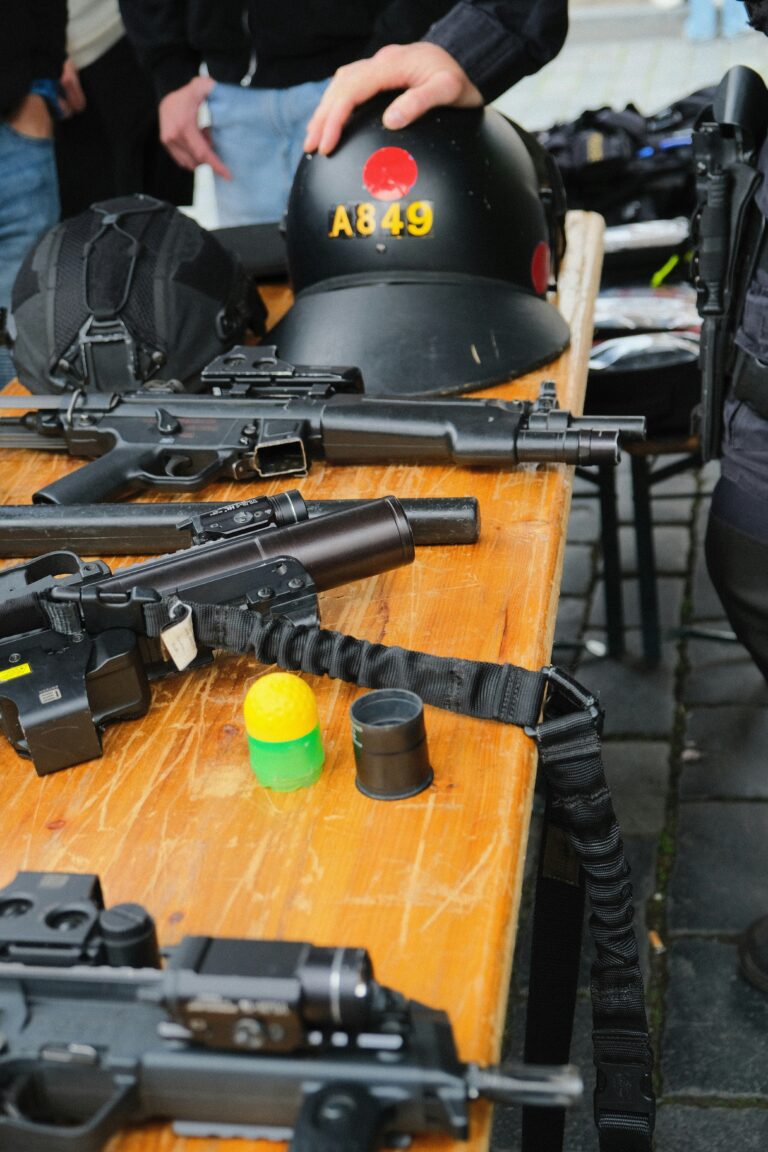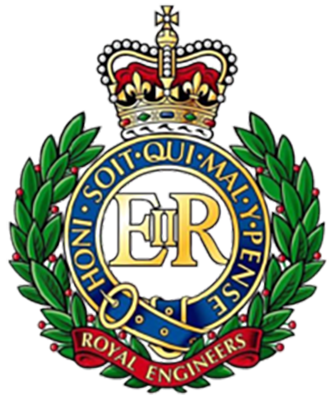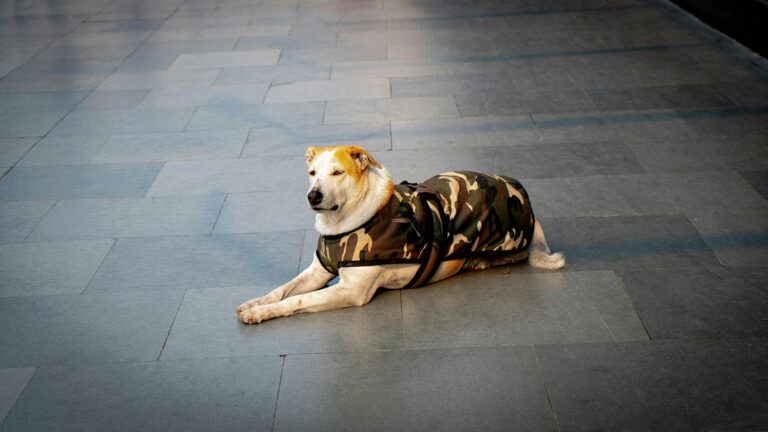Geospatial Intelligence Analyst
Introduction
In the digital age, wars are not just won with bullets and bombs — they are won with data, maps, and insight. Behind every military strike, peacekeeping mission, or humanitarian operation is a silent force helping to visualise terrain, track enemies, and predict movement: the Geospatial Intelligence Analyst (GEOINT Analyst).

This highly niche and technical military role involves interpreting satellite imagery, terrain data, and surveillance feeds to help commanders make critical decisions. In today’s battlespaces — whether urban, jungle, desert, or cyber — GEOINT is vital.
What Is Geospatial Intelligence?
Geospatial Intelligence (GEOINT) is the collection, analysis, and visualisation of geospatial data — the kind of data that shows “what’s where and why.”
This includes:
- Satellite imagery
- Drone reconnaissance
- GPS data
- Digital elevation models (DEMs)
- Maps, heat maps, and terrain overlays
- Environmental and weather overlays
GEOINT allows the British Armed Forces to:
- Plan troop movements
- Avoid ambushes
- Monitor enemy installations
- Coordinate airstrikes
- Track insurgent activity
- Deliver humanitarian aid efficiently
Where GEOINT Fits in UK Defence
In the UK military, GEOINT Analysts operate within:
- Joint Forces Intelligence Group (JFIG) under Defence Intelligence (DI)
- Royal Engineers (Geo Troops) – tactical mapping and support
- RAF Intelligence Units – real-time aerial imagery analysis
- Strategic Command and Cyber Units
- Deployed on operations or embedded with NATO, Five Eyes, and coalition forces
GEOINT teams also support civilian agencies like:
- Cabinet Office Briefing Rooms (COBR)
- MI5/MI6
- UK Resilience Agencies during floods, terror attacks, or pandemics

Key Responsibilities of a GEOINT Analyst
1. Image and Terrain Analysis
- Interpret satellite and drone imagery
- Identify enemy bunkers, movements, or camouflage
- Track changes in terrain over time (e.g. tunnel construction)
2. Digital Mapping
- Create mission-specific maps (e.g. no-fly zones, sniper hotspots)
- Overlay intelligence data (signals, heat, troop routes)
- Build 3D terrain models
3. Support to Operations
- Brief commanders with visual intel
- Advise artillery, air support, or logistics units
- Update command centres with near-real-time maps
4. Geospatial Data Management
- Store, clean, and categorise geospatial data
- Use Geographic Information Systems (GIS) to manipulate layers
- Apply AI to detect patterns in satellite data
Real-World Examples of Use
Afghanistan & Iraq
- Identified Taliban IED hotspots by analysing crater clusters
- Used drone imagery to detect tunnel systems under villages
- Mapped safe routes for convoys and patrols
Ukraine War
- Tracked Russian troop buildups via open-source satellite feeds
- Detected launch positions for long-range missiles
- Monitored destruction of infrastructure in real time
Operation Ruman (2017 Hurricane Irma Relief)
- Mapped damage zones in the Caribbean
- Identified isolated villages needing aid
- Directed RAF and Royal Navy helicopters to landing zones
UK Terror Threat Monitoring
- Supported tracking of suspicious vehicles via geospatial overlays
- Combined CCTV, road map, and GPS datasets

Tools and Technology
GEOINT Analysts are trained in:
- ArcGIS, QGIS – professional-grade GIS platforms
- ERDAS IMAGINE – for remote sensing and image analysis
- Esri StoryMaps – interactive digital briefings
- Python/R – for data scripting and visualisation
- Satellite systems – both military (Skynet) and commercial (Maxar, Sentinel)
- AI-assisted image recognition for drone and satellite feeds
- 3D terrain rendering tools for VR mission planning
Training and Career Path
Entry Pathways:
- Enlisted as a Geo Technician (Army Royal Engineers)
- Officer route via Intelligence Corps or Royal Engineers (Geospatial Troop)
- RAF route: Intelligence Analyst (Imagery/GEOINT)
Training Includes:
- Basic military training
- Defence School of Intelligence (Chicksands)
- Defence Geospatial Intelligence Centre (DGIC) at Feltham
- Specialised modules in:
- Satellite interpretation
- Topographic mapping
- GIS software
- Cryptologic and SIGINT coordination
- Terrain and climatology analysis
Further Opportunities:
- Attachments to MI6, GCHQ, or NATO
- Civilian geospatial training certifications
- MSc in Geospatial Intelligence (funded through Army education support)

Daily Life of a GEOINT Analyst
A typical day may include:
- Reviewing the latest drone feeds over a conflict zone
- Updating digital maps for a pending RAF strike
- Generating threat heatmaps for an armoured convoy
- Producing terrain intelligence for Royal Marines preparing a beach landing
Analysts often work in secure, high-tech facilities — or deploy with forward operating bases (FOBs). High tempo, time-sensitive work is the norm.
Pros and Challenges
Pros:
- Highly technical, intellectually engaging
- Skills in demand both in and outside the military
- Work impacts real-world operations and saves lives
- Strong path to civilian careers in tech and intelligence
Challenges:
- Long hours, especially during operations
- Emotional stress from analysing battlefield or humanitarian damage
- High accuracy expected — errors can have fatal consequences
- Need for constant upskilling due to tech advances
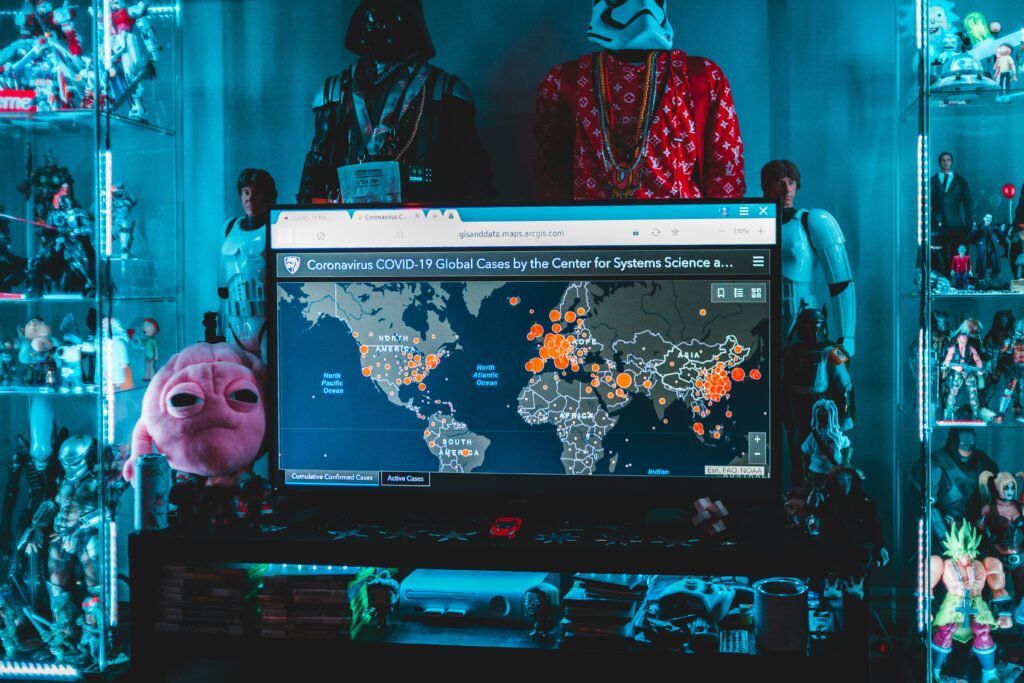
Civilian Career Prospects Post-Service
Veterans of GEOINT roles are highly employable. They transition into:
- MI5/MI6, GCHQ, UK Space Command
- Google Maps, Esri UK, Airbus Defence
- Environmental agencies (flood modelling, urban planning)
- Insurance and finance (risk mapping)
- NGOs and disaster response
Job titles include:
- GIS Analyst
- Satellite Imagery Analyst
- Remote Sensing Specialist
- Intelligence Officer (OSINT/GEOINT)
Salary and Perks
- Starting military salary: ~£21,000–£27,000
- After training and clearances: ~£30,000–£50,000+
- Civilian equivalent jobs pay £40,000–£100,000+ in defence and tech
- Military perks include:
- Paid degrees
- Housing and food allowances
- 38 days leave
- Global travel and security clearance
Future of GEOINT in UK Defence
The role is rapidly evolving due to:
- AI and automation in image analysis
- Space-based ISR (Intelligence, Surveillance, Reconnaissance) systems
- Open-source intelligence fusion (e.g. social media geotagging)
- Climate intelligence for planning military infrastructure
- VR and AR mapping tools for simulation and training
The Ministry of Defence has pledged to expand GEOINT capabilities as part of its Integrated Operating Concept 2025, making analysts even more critical to both warfighting and deterrence.
Conclusion
Geospatial Intelligence Analysts are the invisible architects of military success — shaping the battlefield not with weapons, but with knowledge, insight, and digital mastery. As modern warfare becomes ever more data-driven and networked, GEOINT is no longer just a support function — it is a front-line force in its own right.
In a world where maps talk and pixels can predict war, the soldier who reads the terrain from space may be the one who ensures victory on the ground.
